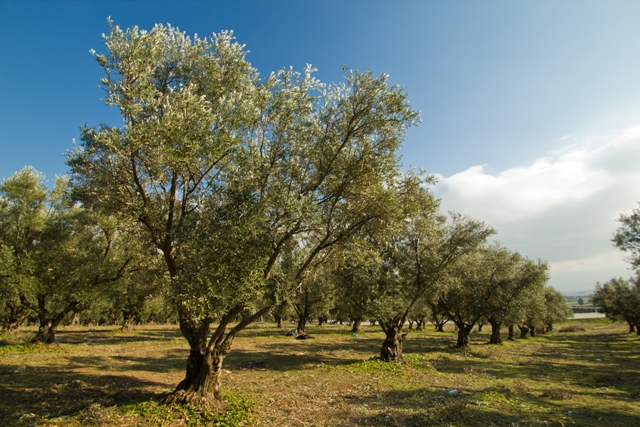Lots of children believe that oil comes out directly from the bottle they see at home or in the supermarket, as they probably think milk comes from a carton. Adults already know where the oil comes, but… surely there are many things you may not know about the olive tree, beyond the cliché that says “it is ancient”. Get ready to boast of olive oil culture…
1. First olive trees
They were born in the area currently occupied by Lebanon, where they are still wild. From there, they spread throughout the Mediterranean and, after the discovery of America, they were exported to Peru, Chile, Argentina and Mexico during the sixteenth and seventeenth centuries. The olive tree arrived to southern Europe with the Phoenicians about 2,700 years ago. Still, it appeared ‘late’ when compared with the use given by the Egyptians (in the tomb of Tutankhamun they found crowns made of olive branches, and it’s well known olive oil from Syria and Palestine was imported), or how important it was in the economy of Crete, as king Minos wrote in the year 2500 BC.
2. A sacred tree
In classical Athens, for example, they were present in every garden, and it was forbidden to touch them; whether cut or hurt them, and those found guilty of that criem were immediately exiled. Greek gods Hercules and Athena are also related to the olive tree. In the Bible there are over 400 references to olive tree and its oil. Two examples: Jesus prayed on the Mount of Olives and the Noah’s dove which announced the end of the Flood wore an olive branch.
3. Deep linguistic roots
Due to its age, the olive tree digs its roots in the language so deeply that in all European languages, no matter how different they are, it’s defined with very similar words. Thus, in Spanish it’s olivo; in French ‘olivier’; in English ‘olive tree’; in Italian is ‘olivo’; in German is ‘olive’, and Portuguese, ‘olivier’.
4. The olive tree in literature
Olive tree has left its mark on literature as well. Some of the best poets in the twentieth century have devoted precious verses to them: Antonio Machado (‘Olivo Road’), Federico García Lorca (‘Arbolé, Arbolé’), Miguel Hernández (‘harvesters’), Rafael Alberti (‘What is an olive tree?’), Pablo Neruda (‘Ode to oil’), Gerardo Diego (‘Torero in Triana’), Blas de Otero (‘Song fifteen’)…
5. A symbol of peace, victory or chastity
The olive tree is the typical symbol of peace, with the olive branch as great icon (Minerva, the goddess, was represented with one in her hand, and today the UN flag has a crown of olive branches embracing all world map as a symbol of universal peace). But did you know that the olive tree was also considered a symbol of victory and chastity? The winners of the Olympic Games, as the warriors who had won battles, were crowned with an olive branch.


